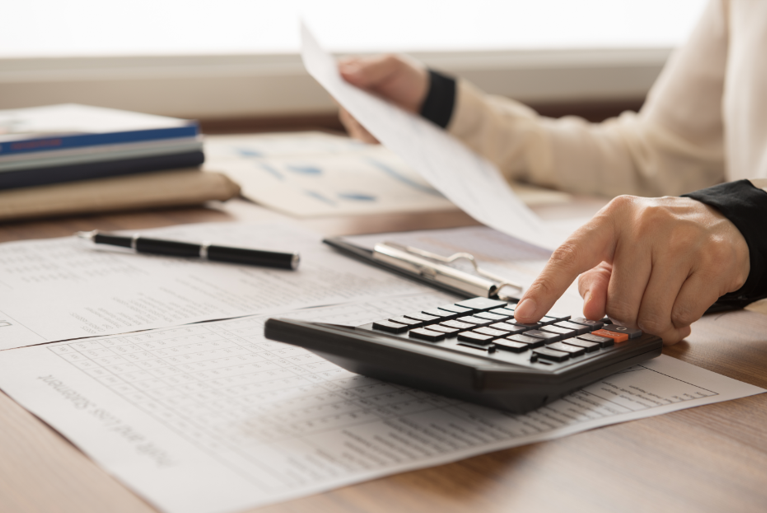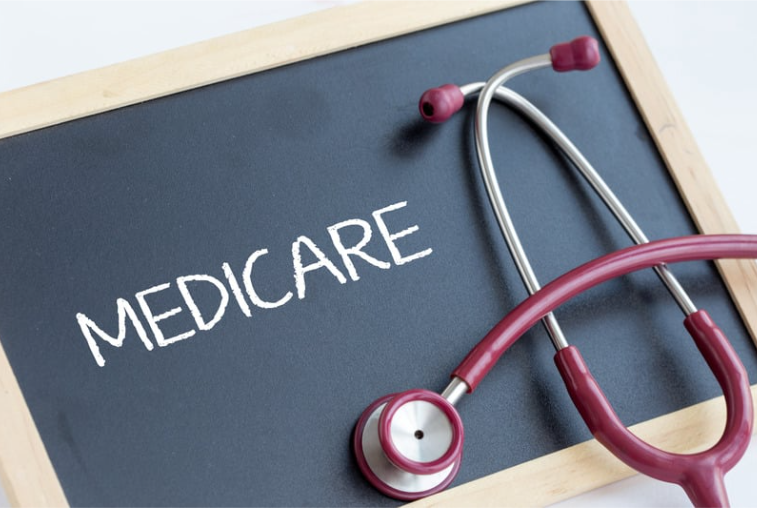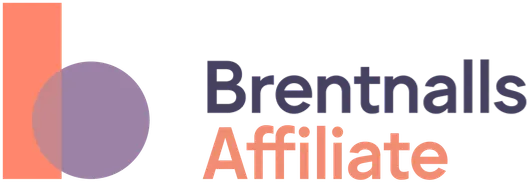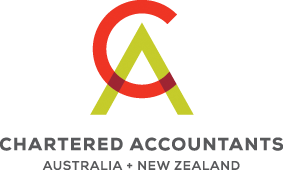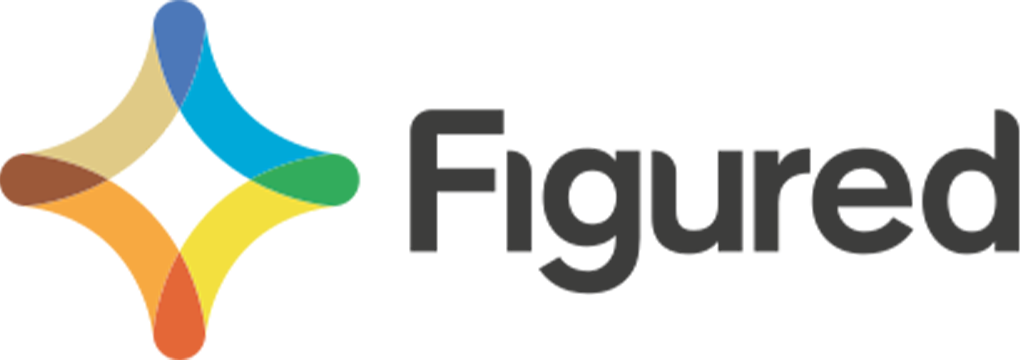Sole Trader or Company: What are the Tax Differences?
You may be starting out in business and trying to decide whether to become a sole trader or to set up a company. Alternatively, you may already be an established sole trader and considering switching to become a company. Tax considerations are vital in deciding which of the two business structures is most suitable for you.
The first practical difference is in relation to your tax return. As a sole trader, you simply add your business income and expenses to a separate business and professional items schedule in your individual tax return that you lodge each year. For a company, there’s a separate annual tax return, and tax to pay on the company’s income. Companies are subject to annual reviews by the Australian Securities and Investments Commission (ASIC), so financial records must clearly show transactions and the company’s financial position, and allow clear statements to be created and audited if necessary. A number of strict legal and other obligations need to be met.
Tax returns for a company must clearly list the income, deductions and the liable income tax of the company. Also, directors and any employees of a company must lodge their own individual tax returns.
There’s no tax-free threshold for companies – they simply pay tax on the amount they earn. This is at either the 25% or 30% company tax rate. To be eligible for the lower company tax rate of 25%, the company needs to meet strict requirements to be a base rate entity. One of the tests is that your company’s aggregated turnover for the relevant income year must be less than the aggregated threshold for that year – which since 1 July 2018 has been $50 million a year. For all companies that are not eligible for the lower company tax rate, the full company tax rate of 30% will apply. However, for sole traders, whose tax is assessed as part of the individual’s personal income, $18,200 is the tax-free threshold.
Both sole traders and companies can:
• Register for goods and services tax (GST) if your GST turnover is $75,000 or more, or you’d like to claim fuel tax credits; and regardless of your turnover, you must register for GST if you provide taxi, limousine or ride-sourcing services; and
• Employ people, and if the business’s gross wages exceed the threshold set by your state or territory, then you will have to pay payroll tax.
Both types of business also need to pay capital gains tax (CGT) if a capital gain has been made, but sole traders may be able to reduce this gain by what are known as the discount and indexation methods. The latter may also be used by some companies.
Please contact our office if you have any questions . T: 03) 5571 0111 E: reception@coggergurry.com.au or make an online enquiry www.coggergurry.com.au/coggergurry_contact_us

